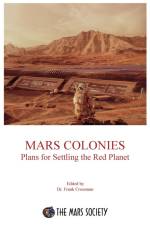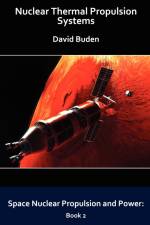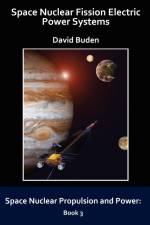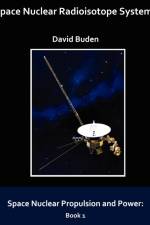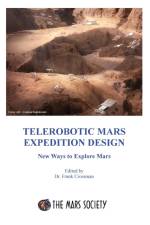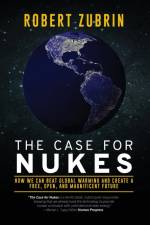av Zubrin & Robert
281
What if Americans were the terrorists, and a more civilized superpower found it necessary to put us down? What if contemporary Christian ministers preached salvation through murder of non-believing foreigners, and the US government recruited child suicide-assassins for this purpose? If you were an American living in such a crazed society, what would you do? If you were a civilized outsider, how would you deal with these insane savages?The Holy Land poses such predicaments, and more. In an attempt to save the Minervans from oppression in the central galaxy, the liberal Western Galactic Empire has relocated the sect to their ancient homeland of Kennewick, Washington. The fundamentalist fanatics ruling the USA find the presence of pagans in the holy city intolerable, however, and they launch an interstellar campaign of mass destruction in protest. Now, cast in a universe gone mad, the primitive Earthling POW Sergeant Hamilton and his case officer, the sophisticated Minervan priestess (3rd class) Aurora, must find the way out, or neither side will survive. In this madcap role-reversed science-fiction satire on the Mideast crisis and the War on Terrorism, the gloves come off. Written with wit and verve by Heinlein Award winner Robert Zubrin, the author of The Case for Mars, Entering Space, and First Landing, The Holy Land takes science fiction back to its Swiftian roots. Rarely since Czech humanist Karel Capek aimed his 1936 War with the Newts at fascism and appeasement has the medium been mobilized to such pointed effect."A satiric tour de force" - School Library Journal"The duplicity, mendacity, and hypocrisy that characterize the present predicament in the Middle East are laid bare in Zubrin's engaing romp, with verve and biting wit." - National Review Online"Nothing is spared from Zubrin's satiric pen: religion, politics, economics, sex, war, psychology, philosophy - all are the objects of his barbs....The Holy Land is a surprisingly fine follow-up to Zubrin's other fictional and non-fiction works." - The Rocky Mountain News"It's a hoot." - The San Diego Union-Tribune.

